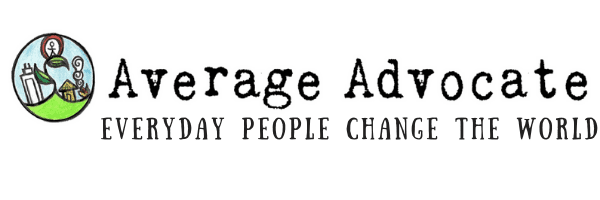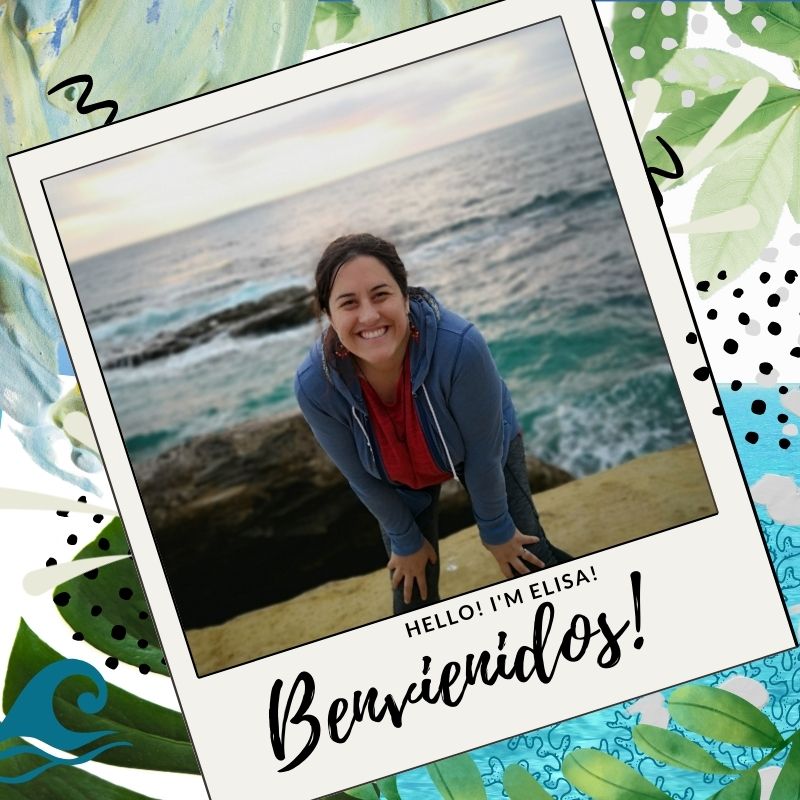Maybe its no surprise, but I was one of those kids whose parents thrust them into multicultural settings, hoping that I would think it was normal. I guess it worked. Racism is actually very hard for me to grasp, although I think we all have a little racism in us we need to purge. The Social Sciences teach that we are all naturally afraid of the “others,” afraid of the unknown social group.
Not all my multicultural experiences were great. I got lice a couple times from poor immigrants. And one of my first memories is standing on a tan, rutted , fine-dirt road in a Mexican Shanty-town, crying because I discovered my teddy bear was accidentally given away to the kids there. But at the same time I was always taught to look beyond what was different to me, that I could become friends with anyone, and help out those who were in need. It was my family culture. Largely, I’m an advocate because my parents taught me to embrace diversity instead of hide behind their skirts.
, fine-dirt road in a Mexican Shanty-town, crying because I discovered my teddy bear was accidentally given away to the kids there. But at the same time I was always taught to look beyond what was different to me, that I could become friends with anyone, and help out those who were in need. It was my family culture. Largely, I’m an advocate because my parents taught me to embrace diversity instead of hide behind their skirts.
This is why this following article, submitted by Dan Gilbert of Primrose Schools, rings a bell for me. He has some great insights and ideas on how to prepare your kids to love those who are different from themselves (locally, globally, wherever)! Thanks to Dan, I will have something to add to our repertoire besides buying dolls from around the world and making my kids watch Dora the Explorer and Ni Hao, Kai Lan. Check out what Dan has to say!
___________________________________________________________
Children are naturally curious about people who are different from them. With enough thought and effort, you can make teaching your children about diversity and differences an enjoyable and fun, but important lesson about life and the challenges we all face.
Preschool children’s thought process is vastly different from older children and adults. They think in concrete terms and for the most part, can only relate to people and situations that are directly in their world. As a result, the people they understand and see most frequently are their family, teachers, fellow students and local neighbors. You can help your children understand the larger world and people different from them by providing  them with opportunities to meet people from different cultures by taking them outside their small world with cultural and social events in your community. Learning there an expanded world full of rich textures and experiences will help them gain a better understanding of the diversity that makes up the entire world culture.
them with opportunities to meet people from different cultures by taking them outside their small world with cultural and social events in your community. Learning there an expanded world full of rich textures and experiences will help them gain a better understanding of the diversity that makes up the entire world culture.
Learning about different cultures and diversity is also an excellent way of helping your children develop character traits that will serve them well as adults. Children who are exposed to many different cultures from around the world, including their own, develop into better balanced, more thoughtful and compassionate adults.
Actions
To help your children learn about the many aspects of cultural diversity, here are a few things you can do with them:
Talk about your own family history. In the United States, many families have their own unique cultural diversity to learn about and glean a rich understanding of themselves. Help your children understand their own cultural heritage by looking at family photographs and talking about those family members – who they are and where they came from. Your kids
will remember these stories and may even pass them along to the next generation.
S hare many different kinds and styles of music. You can listen to music from your own cultural and ethnic heritage and background and play traditional folk music and songs. Also, children love to learn cultural dances that are associated with cultural music. You can find lots of sources for international music at your local library or on the internet.
hare many different kinds and styles of music. You can listen to music from your own cultural and ethnic heritage and background and play traditional folk music and songs. Also, children love to learn cultural dances that are associated with cultural music. You can find lots of sources for international music at your local library or on the internet.
Another way to learn about other cultures is through reading. Stories and mythologies from around the world are great entertainment to most children. You can find many books at different reading levels for children of all ages and make it a family event to read about different cultural stories. Another source for cultural stories is the internet. Many ethnic and cultural mythology stories can be found on the internet. Another idea is to have your children then draw pictures illustrating the stories.
Children are also naturally curious about other children from diverse backgrounds. If you have the opportunity for your child to interact with children from other cultures, encourage your kids to learn from others and expand their world view.
You can also help your children learn about other cultures by attending local ethnic festivals, museums, ethnic restaurants and social events that showcase cultures from around the world and other than their own.
This article was written by Dan Gilbert who is the Communications Coordinator for Primrose Schools. Dan has written a number of articles on topics varying from bilingual learning to teaching the importance of volunteering. For over 25 years, the schools Dan works with have helped individuals achieve higher levels of success by providing them with an AdvancED® accredited, early child care services and education. Through an accelerated Balanced Learning® curriculum, Primrose Schools students are exposed to a widely diverse range of subject matter giving them a much greater opportunity to develop mentally, physically and socially.









